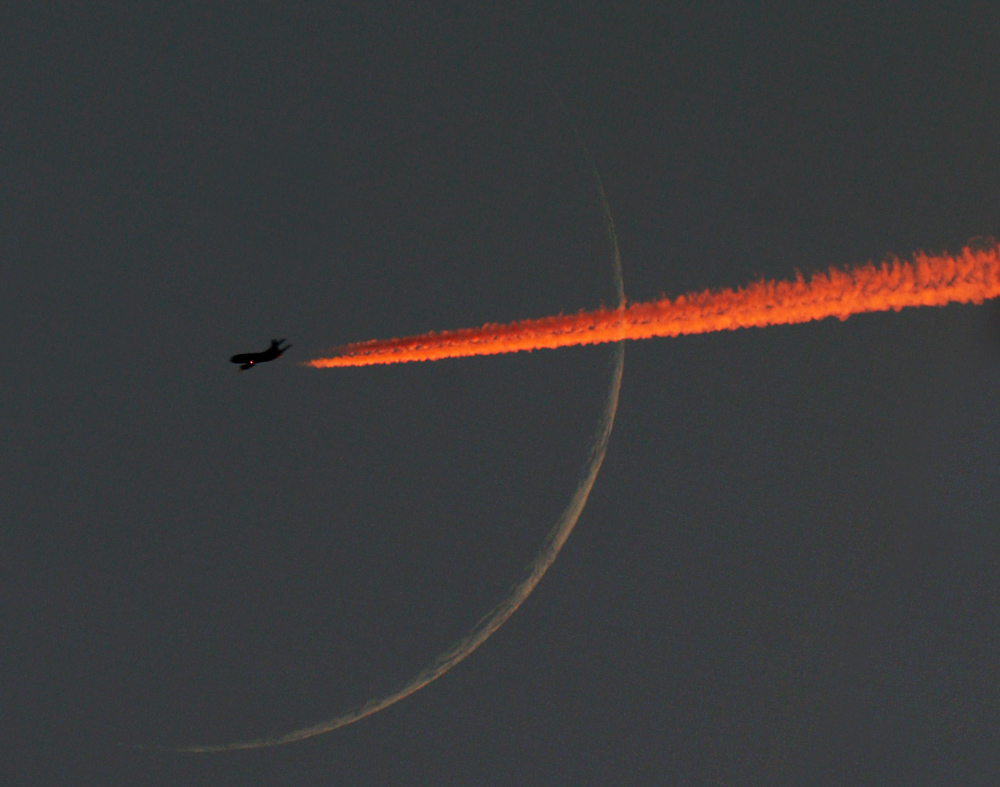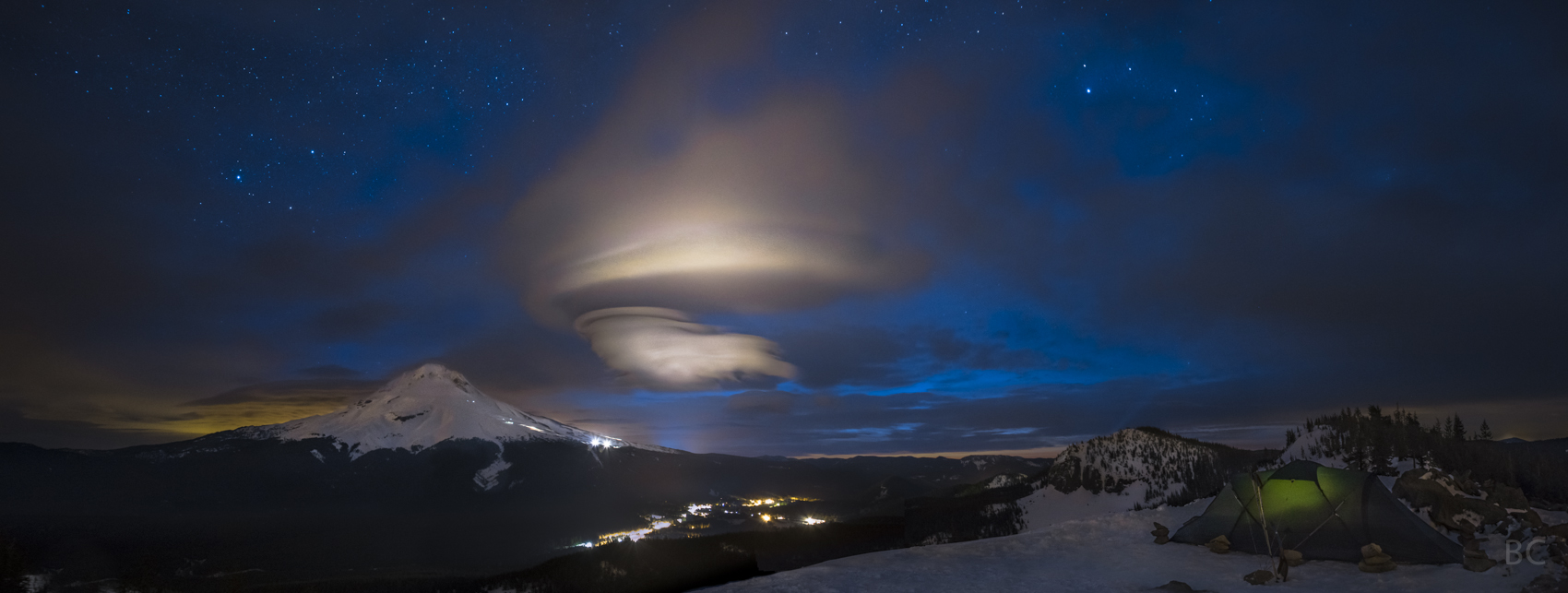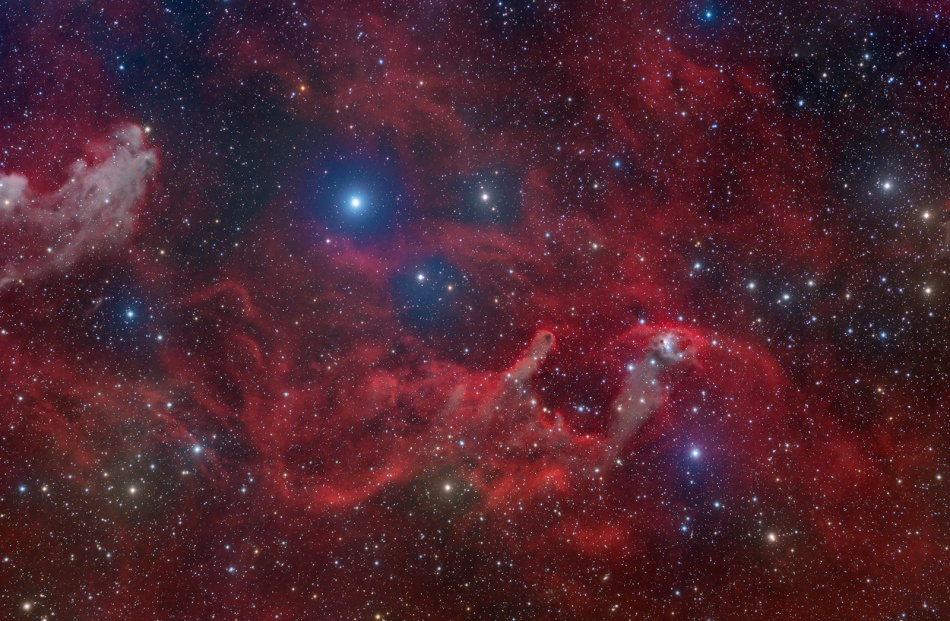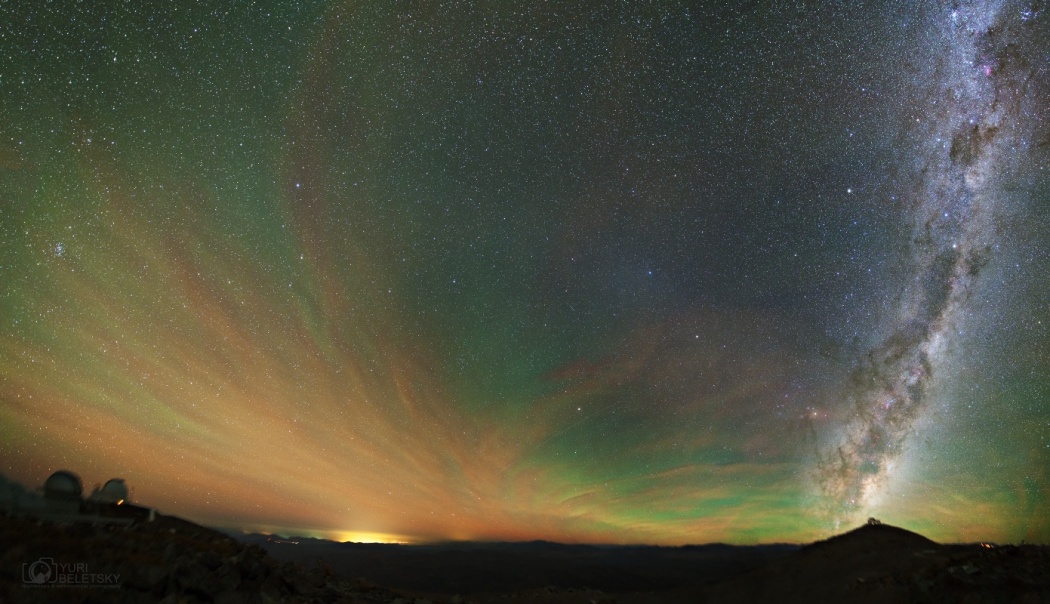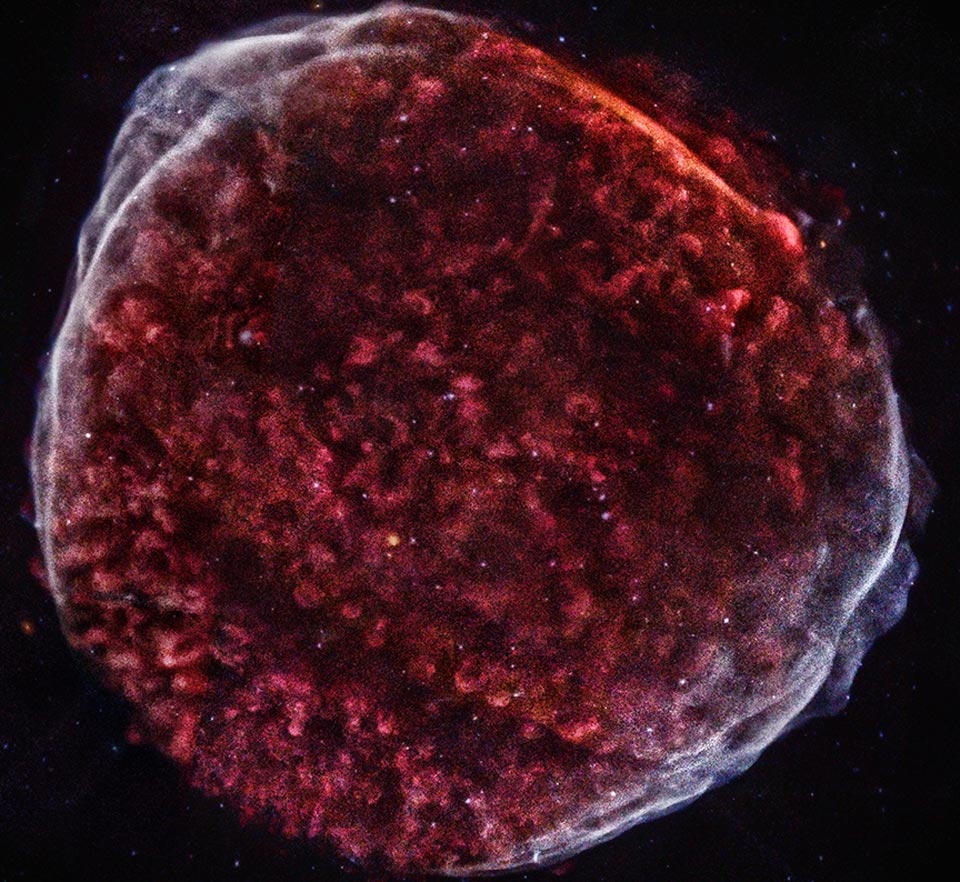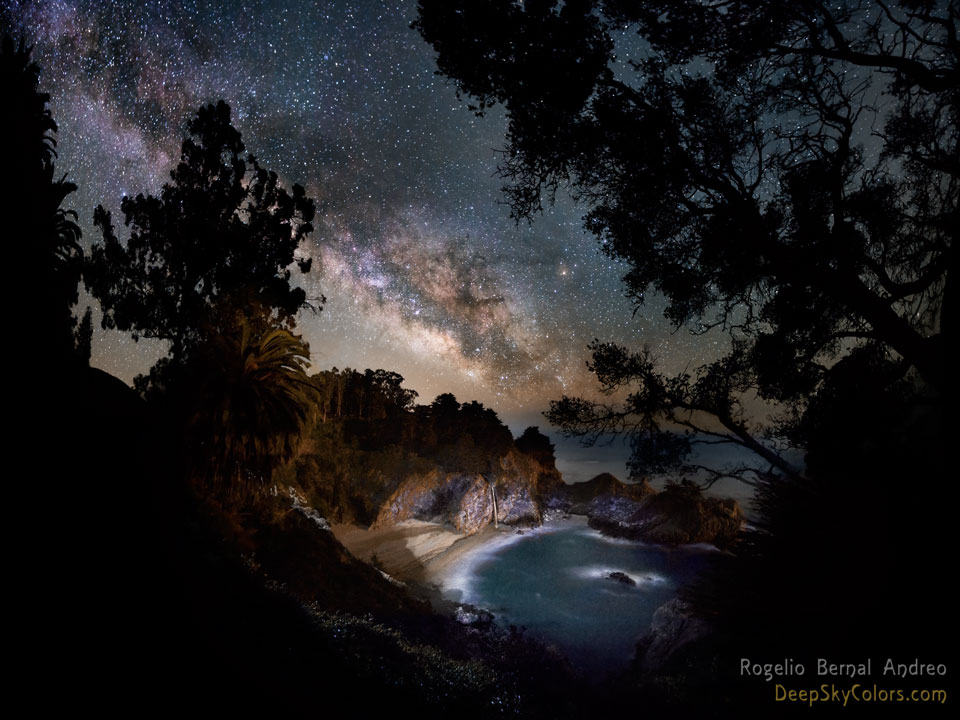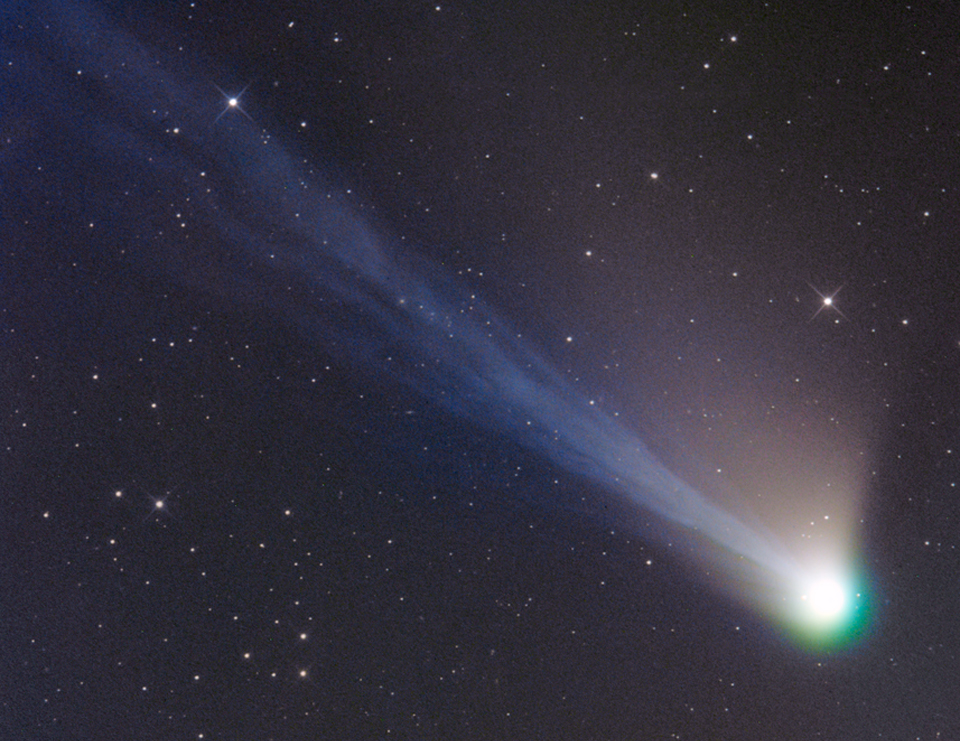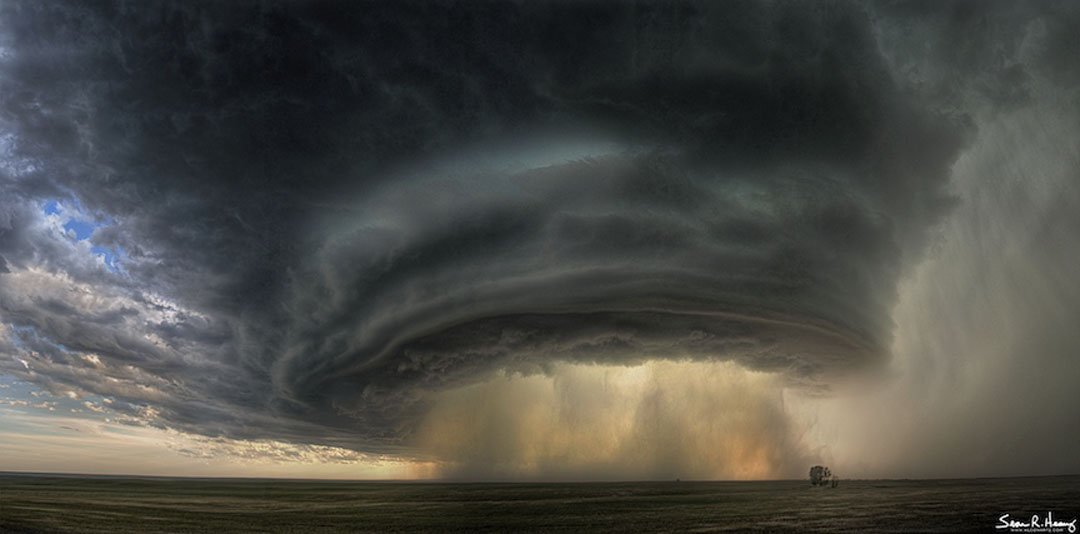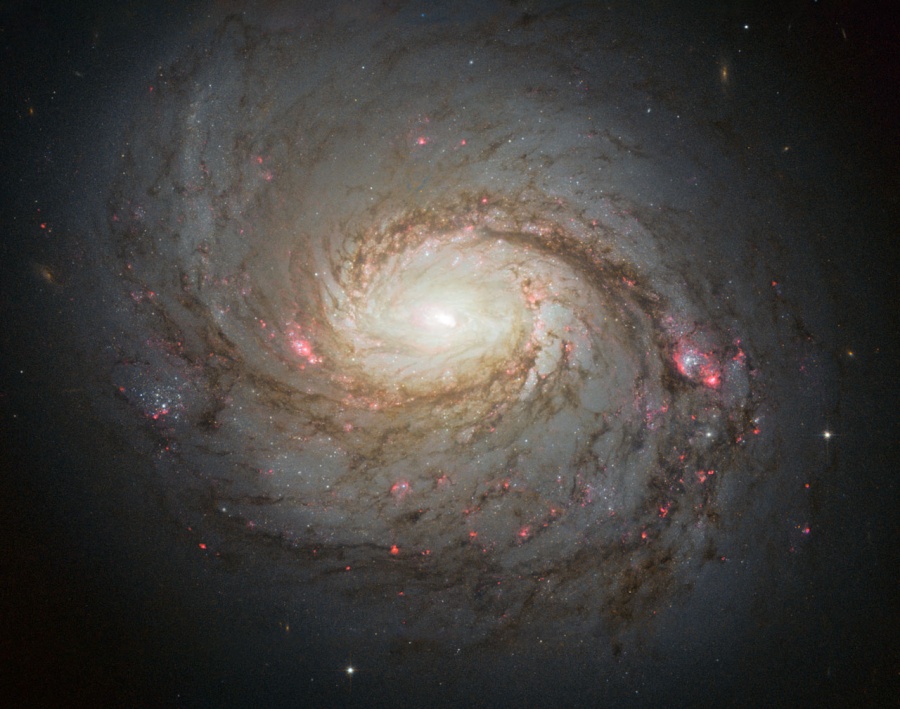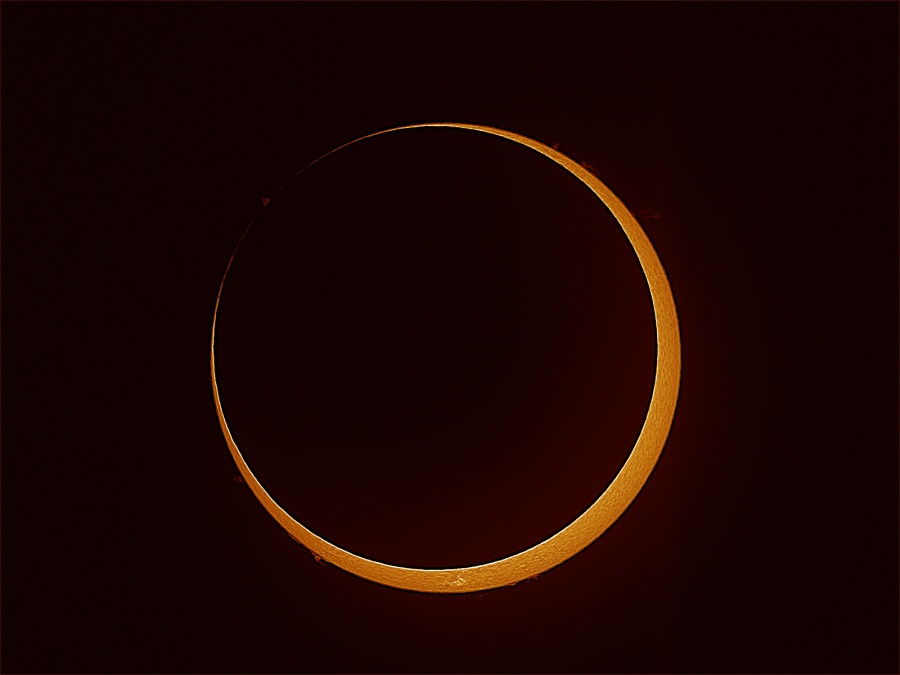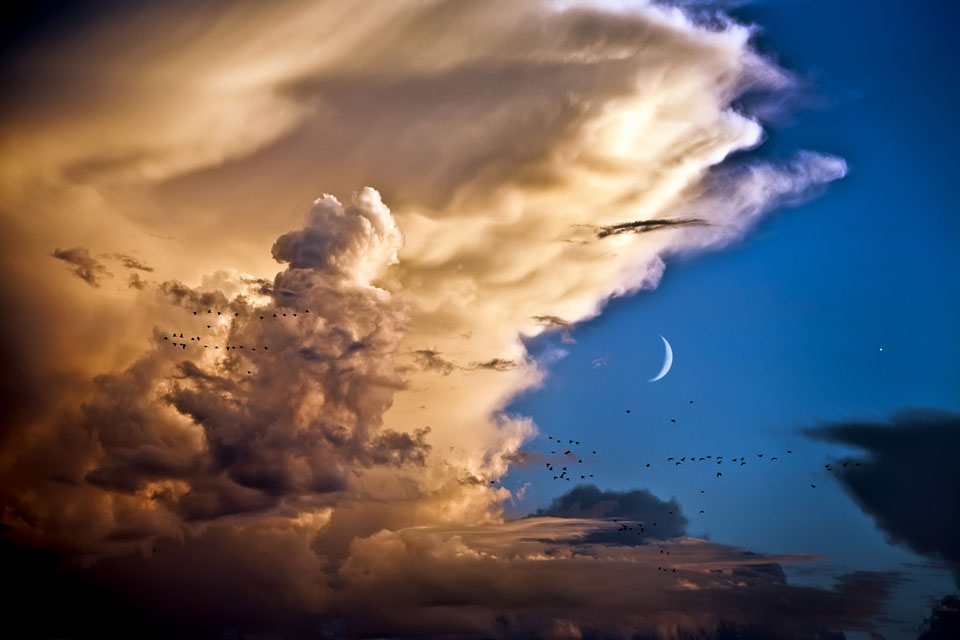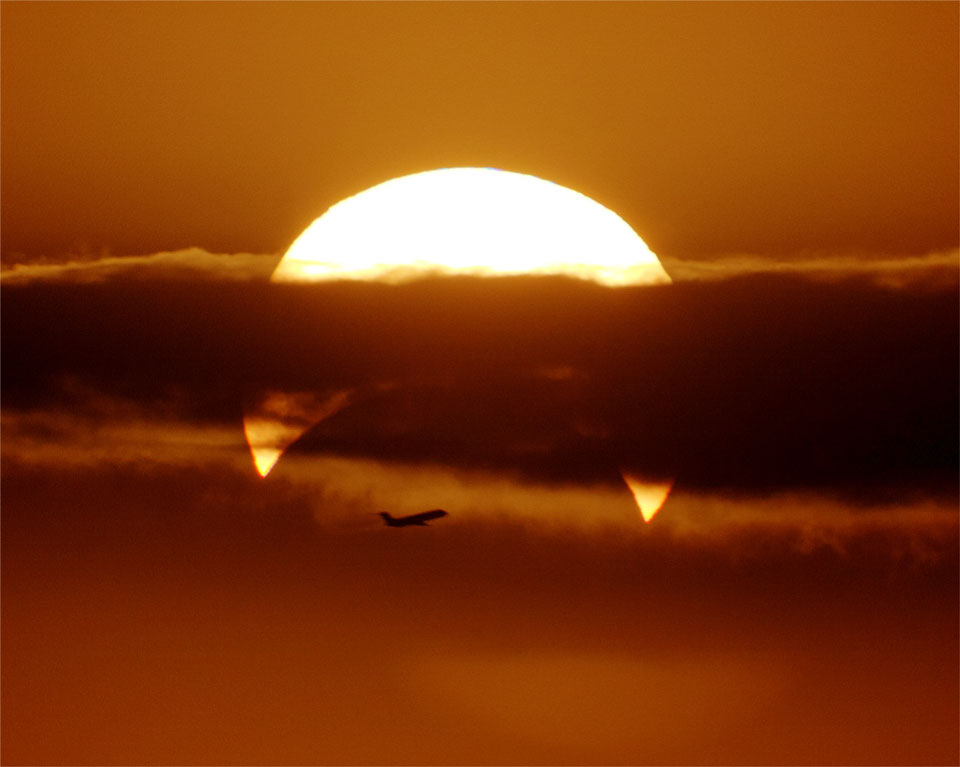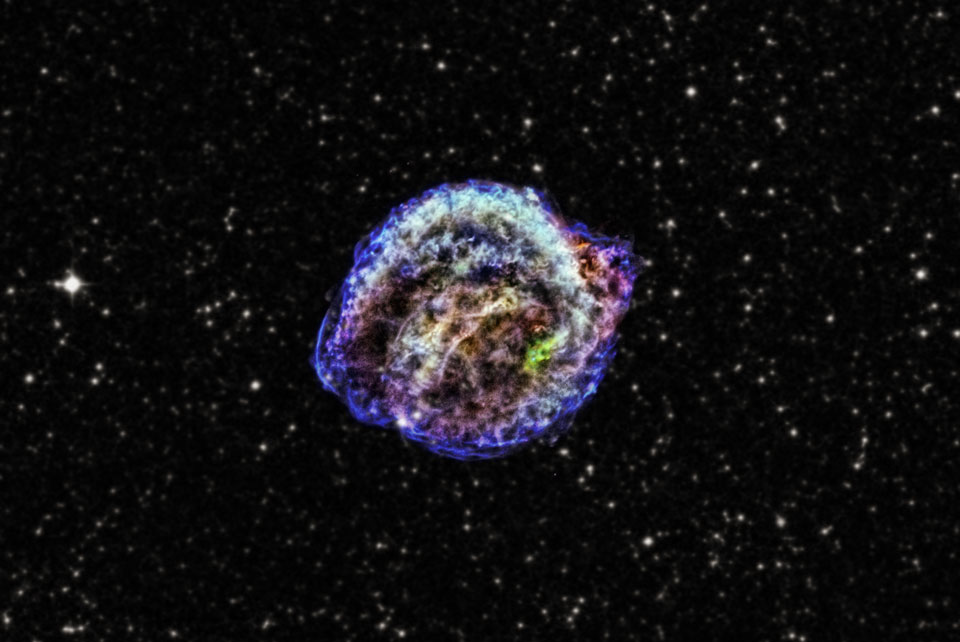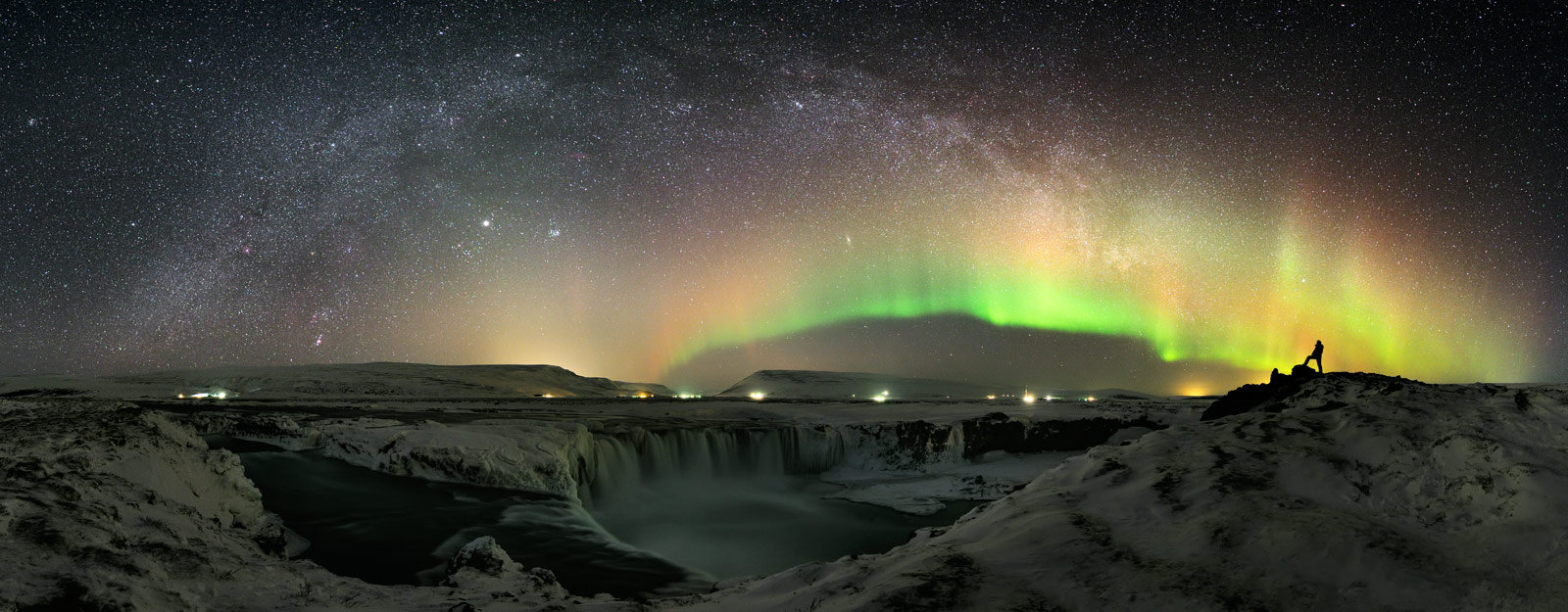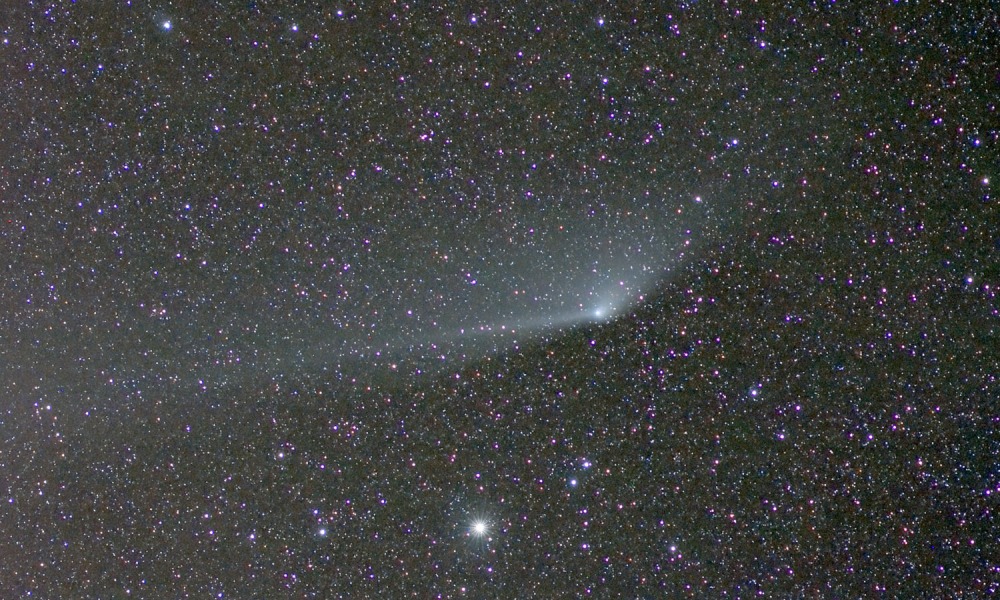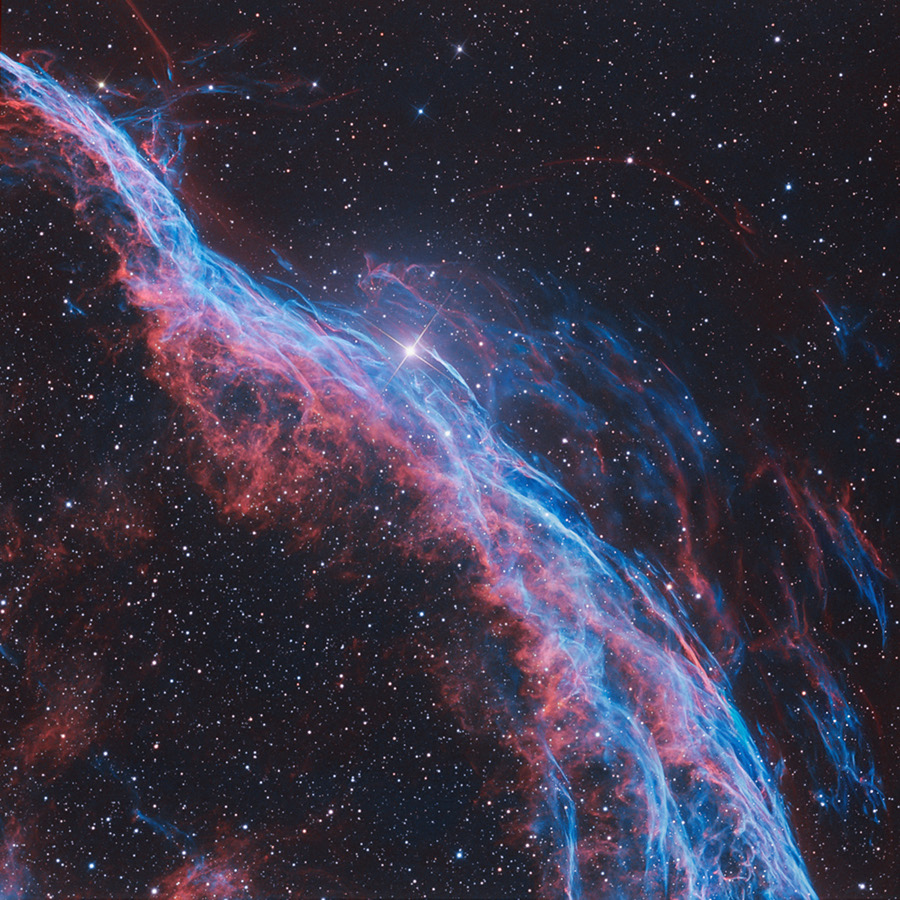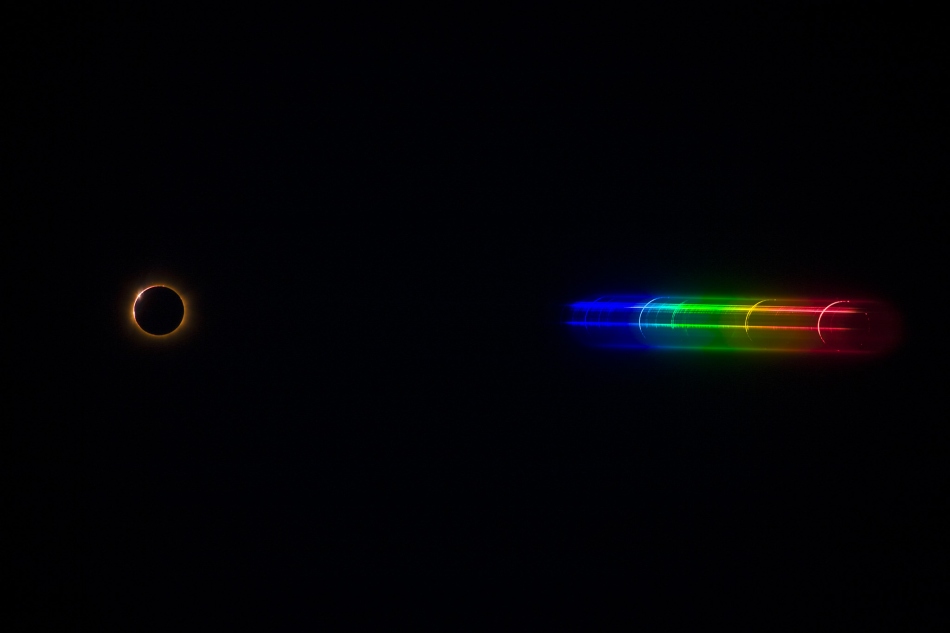- Joined
- May 14, 2009
- Messages
- 10,350
- Reaction score
- 4,989
- Gender
- Male
- Political Leaning
- Other
APOD (Astronomy Picture Of the Day)
1 of app 5000 pics over 14 years.
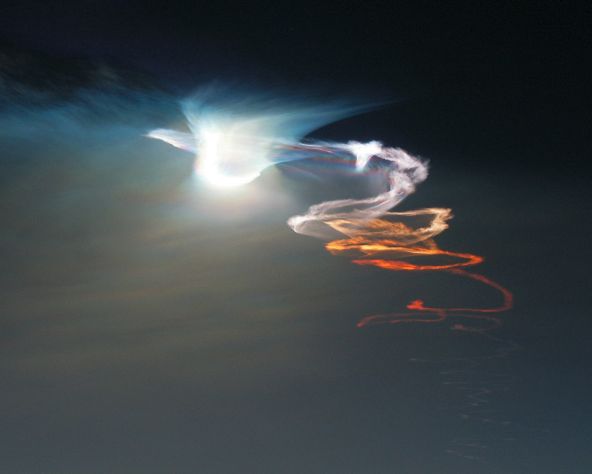
Rocket Trail at Sunset
The above the 'small' jpg, 1/8 size, of the Full .... and Explanation here:
APOD: 2002 September 26 - Rocket Trail at Sunset
The daily Astronomy Picture of the Day
The archive of 1400 often Fantastic pictures Astronomy Picture of the Day Archive
searchable
APOD Text Search
1 of app 5000 pics over 14 years.

Rocket Trail at Sunset
The above the 'small' jpg, 1/8 size, of the Full .... and Explanation here:
APOD: 2002 September 26 - Rocket Trail at Sunset
The daily Astronomy Picture of the Day
The archive of 1400 often Fantastic pictures Astronomy Picture of the Day Archive
searchable
APOD Text Search

